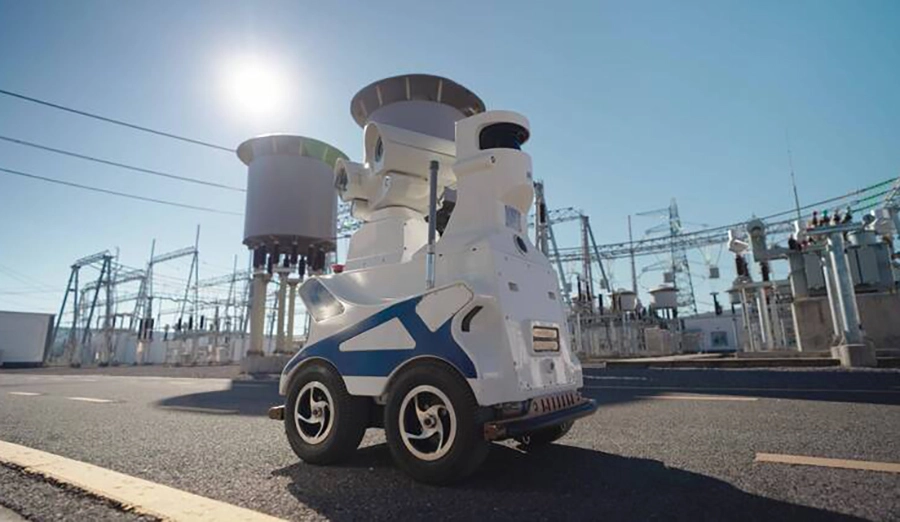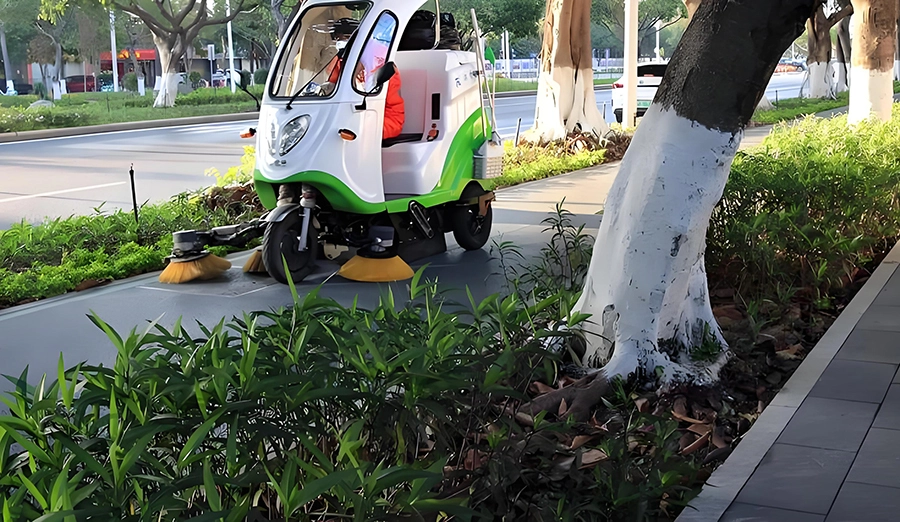
WIRELESS CHARGING IN THE NEWS
The core of AGV wireless charging is to build a set of "invisible but degree" energy transmission system, the essence of which is to maintain stable and efficient power supply in complex variables of industrial scenes through accurate energy control and intelligent system collaboration. The essence of this technology is not simply energy transfer in space, but the integration of electromagnetism, materials science, automatic control and other disciplines to form an "energy breathing system" that can adapt to the dynamic industrial environment. When the AGV travels through the workshop, the charging system is like an intelligent life body with a sense of touch, which can sense the state of the equipment and interact with the environment, and complete the energy exchange in the spatial accuracy of millimeters and the time response of milliseconds.
The breakthrough of energy transfer technology is the physical basis. Taking electromagnetic induction as an example, its core is to overcome the "range-efficiency paradox" - the charging module of an automobile factory AGV uses a three-dimensional orthogonal coil design, and the effective transmission distance is extended from 5 cm to 12 cm through the superposition of the magnetic field, while the efficiency is stable at more than 88%. More cutting-edge magnetic resonance technology achieves "energy focus" through frequency tuning, and the charging system of an airport baggage AGV can maintain 82% efficiency at a distance of 50 centimeters, which is equivalent to freely recharging an area the size of a basketball court. Behind these technological breakthroughs are material innovations, such as coils with nanocrystal cores that reduce high frequency losses by 60% compared to traditional ferrites, allowing the temperature rise of 6kW high power transmission to not exceed 35 ° C.
Precise spatial coupling control is the lifeblood of technology. The positioning accuracy of AGV directly determines the energy transmission efficiency, which requires the "space lock" technology of multi-sensor fusion. An electronics factory AGV uses laser positioning and UWB (ultra-wideband) co-positioning, with a repeatable positioning accuracy of ±1 mm, even after 20,000 stops and charges, the coil offset is still controlled within 0.3 mm. The smarter system has introduced machine vision compensation, and when the AGV tire tilts 3° due to wear, the charging module automatically adjusts the magnetic field distribution through the Angle compensation algorithm, ensuring that the transmission efficiency fluctuations under the tilting state do not exceed 5%.
Dynamic energy management is the intelligent brain of the system. The AGV charging system in a logistics center can make decisions based on real-time electricity prices, task priorities, and battery health: it takes the initiative to charge the battery to 90% during the low electricity price period in the early morning, and allows shallow charging to 50% at the peak of orders. This intelligent strategy reduces the overall energy consumption by 22%. The deeper control lies in the power adaptive, when the AGV battery temperature reaches 45 ° C, the system will automatically switch the pulse charging mode, reducing the heat generation by 40% while maintaining 75% charging efficiency, this dynamic balance is like an experienced marathon runner adjusting the pace.
The security protection system builds a technical moat. In the chemical workshop, the electromagnetic shielding efficiency of the AGV charging module reaches 120dB, ensuring the charging stability under strong electromagnetic environment; When the waterproof charging board of the food factory is washed by the high-pressure water gun, the leakage current is always controlled below 0.5mA. The AGV charging system of a lithium battery production workshop even integrates a gas detection function, when the concentration of electrolyte volatilization in the air reaches 30% of the explosion limit, the system will cut off the power and start the inert gas protection within 0.5 seconds. These protection mechanisms are not simply superimposed, but a multi-level protection network constructed by fault tree analysis (FTA), which controls the risk probability at the level of 10^-9/ hour.
The real high point of technology is system-level integration. When AGV wireless charging is combined with the digital twin platform, the charging system of a smart factory can simulate and predict the power demand in the next 2 hours and adjust the power supply strategy in advance. The charging pile combined with 5G edge computing can complete multi-AGV charging scheduling decisions within 10ms. This cross-border integration makes the charging system no longer an independent unit, but an energy neural node that evolves into an intelligent manufacturing system, continuously releasing the potential of industrial automation in the blend of virtual and real.







